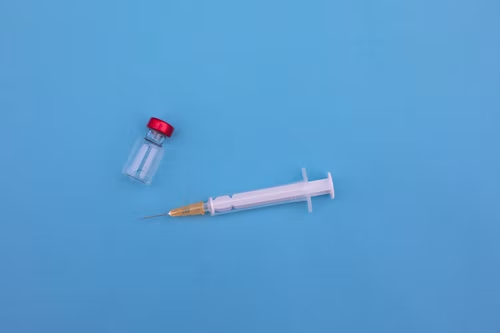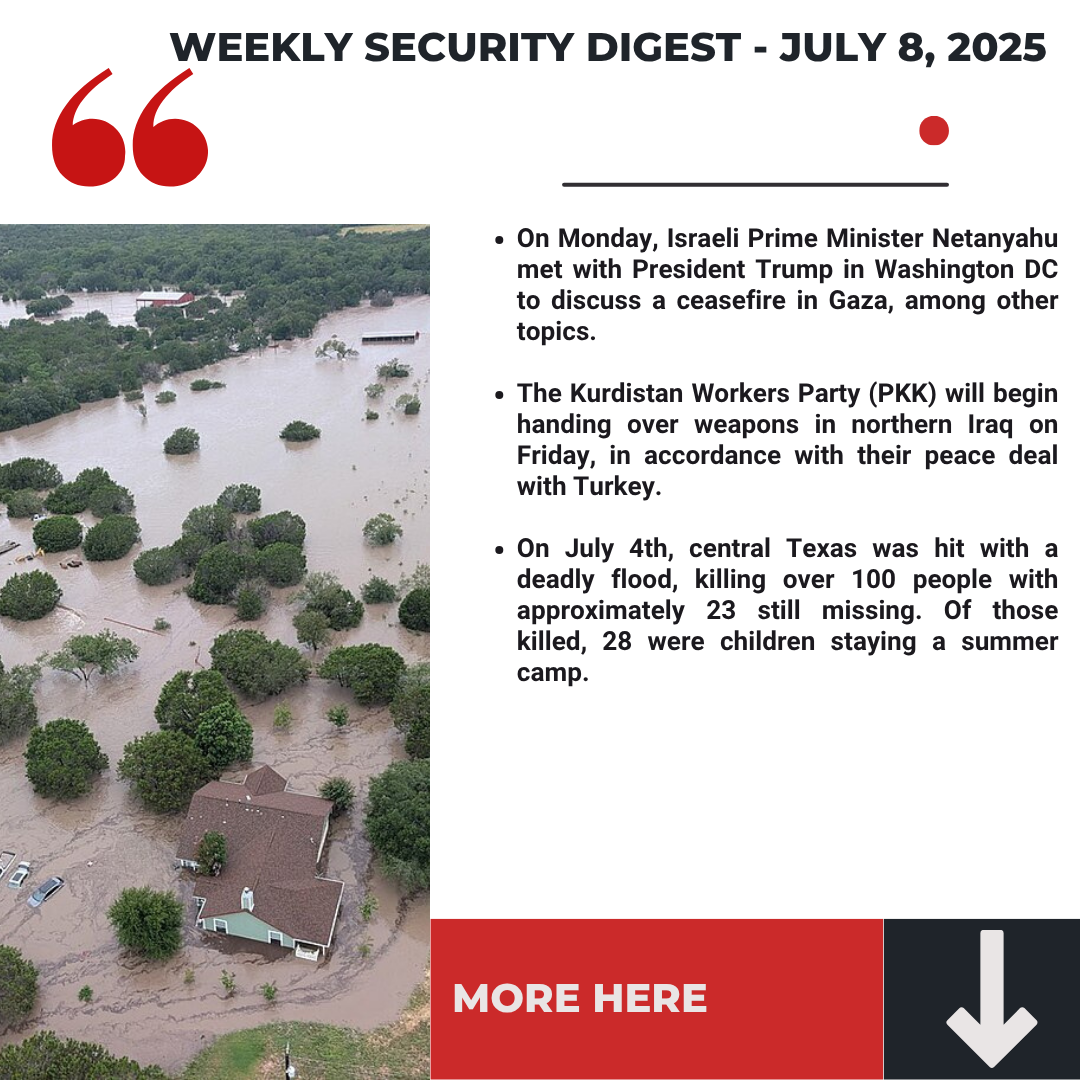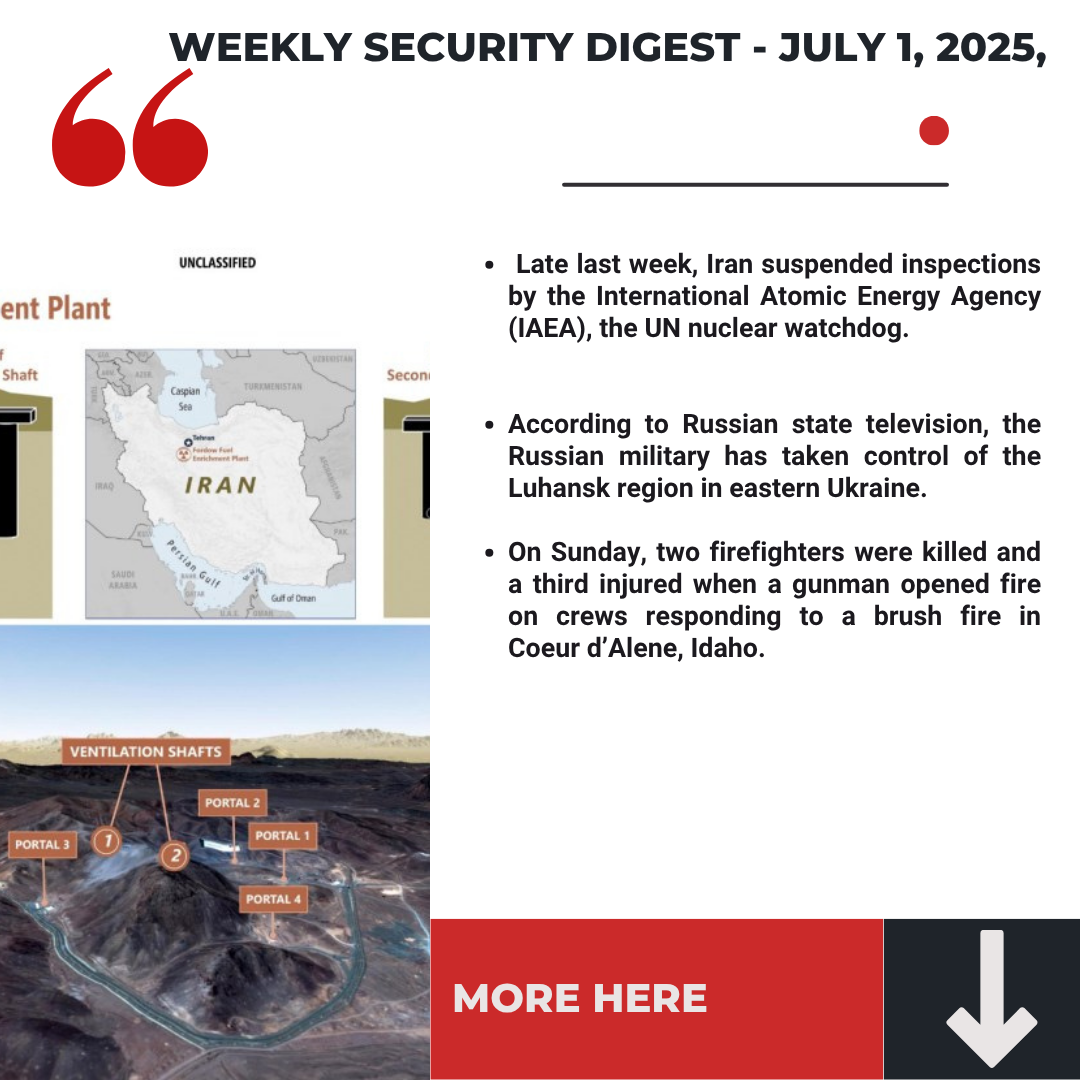The World Health Organization (WHO) recently declared the outbreak of monkeypox a public emergency, citing more than 22,000 reports of the virus in 78 different countries since May 2022. While most cases are concentrated in Europe, other countries like the United States, Brazil, and India are seeing notable clusters of infections.
In recent days, Brazil and Spain have reported the first deaths due to monkeypox outside of Africa. In the United States, California, Illinois, and New York have already declared a state of emergency. Home to the three largest cities in the U.S., these states account for 47% of reported monkeypox cases in the country.
Unlike Covid-19, which the world had never seen, monkeypox has been around for years. It was discovered at a Copenhagen laboratory in the late 1950s in monkeys imported from Singapore—hence the name monkeypox. However, this zoonotic disease is not relegated to monkeys alone, as it can be transmitted through rodents, dogs, anteaters, hedgehogs, prairie dogs, humans, and other animals.
In Africa, the virus has been endemic for years, mostly spread by rodents. However, there was little urgency to accelerate research before it began spreading into Europe.
What Is Monkeypox and How Is It Transmitted?
Monkeypox, as the name implies, is a poxvirus that causes blister-like lesions along with fever and other flu-like symptoms. It has been reported to be very painful, even though it is considered less severe than smallpox. It is spread by direct physical contact with lesions, by touching an object that an infected person touched, or through respiratory secretions (such as coughs and sneezes). Unlike Covid-19, it cannot spread if the infected person has no symptoms.
Lesions were previously thought to occur mostly on the arms and legs, but recently they have been appearing in the genital and perianal area, resulting in the confusion of monkeypox with an STD.
While monkeypox can be transmitted via sexual contact, it’s not considered an STD. However, a recent study found that 98% of infections outside of Africa occurred in men who have sexual contact with other men.
WHO Director-General Dr. Tedros Adhanom Ghebreyesus is urging this demographic to reduce their number of sexual partners and exchange contact information in case of infection. One of the reasons monkeypox is so highly reported here is that individuals in this group tend to get tested for any abnormalities immediately upon detection.
Dr. Ghebreyesus says that this virus can be contained if the right measures are taken.
Can Monkeypox Be Treated?
There are two vaccines designed to treat smallpox that are thought to be 85% effective against monkeypox: ACAM2000 and JYNNEOS. In the U.S., gay and bisexual men and others who are at high risk for infection can be eligible for these vaccines if they have been in close contact with someone who has a confirmed case of monkeypox and if they have recently had multiple sexual partners in high-infection areas.
The European Union has also secured hundreds of thousands of vaccines, but Africa has been left behind in the vaccine race, as it was during Covid.
Another monkeypox treatment is the antiviral drug Tecovirimat (TPOXX), though access to it is limited. Other than that, the CDC recommends isolation for infected individuals for the duration of their illness, which ranges between two to four weeks.
The smallpox vaccine is said to be 85% effective against monkeypox.
At this time there does not appear to be cause for a high level of alarm, though the various public emergency declarations do make it clear that a level of caution is warranted. A simple best practice is to be alert for symptoms present in others and ourselves, and to put to use some of those great hygiene and prevention habits we all picked up during the most recent plague (well, some of us did).
To find out more, please reach out to info@interforinternational.com





